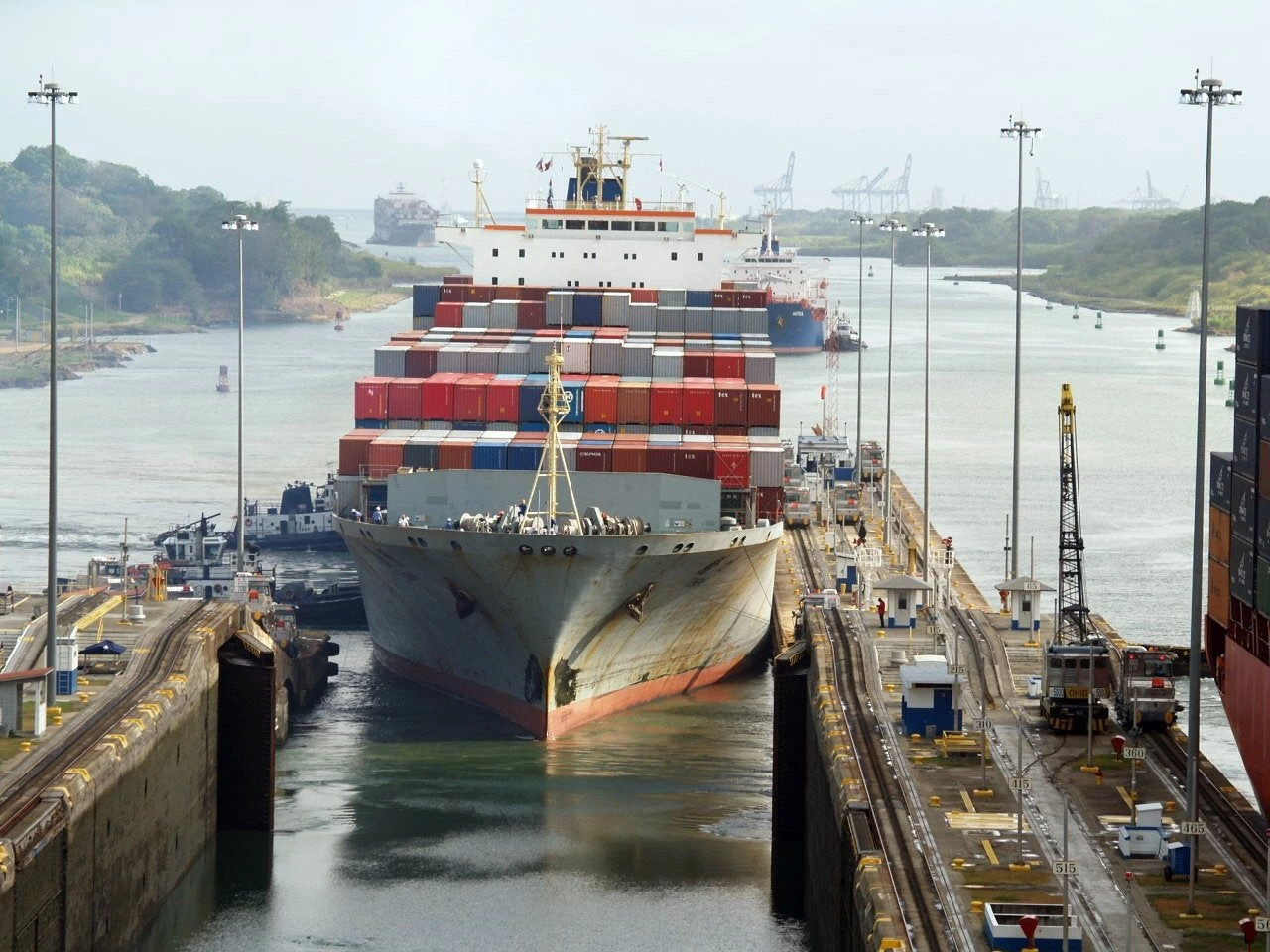
Credit: https://www.flickr.com/photos/wirralwater/
A few months ago, I had a chance to visit the Panama Canal, which celebrated its 100th anniversary last year. It is truly a mega-structure that is the largest infrastructure project of its time.
When I saw it, what struck me the most was - “How could this be possible”? One hundred years ago, Panama was a country that was just formed and capital markets were not very well-developed. And technology was obviously not as advanced as it is today.
Fast forward 100 years, in the world today, Asia has a huge demand for infrastructure. In Singapore, we know of Hyflux, which has one of the largest desalination plants in Singapore. Sembcorp Utilities has a power plant project in Bangladesh recently and PSA has a port in Guangxi China. These are just some examples of Singapore companies who have gone into infrastructure development. Yet, not enough projects have been implemented, especially in Asia.
There is a lack of bankable projects. In Asia alone, more than 600 million people still do not have access to electricity. Almost 300 million people still lack access to clean drinking water. Obviously, infrastructure is still not as good as what we hope it would be. So what are the issues facing infrastructure development?
The Panama Canal was possible one hundred years ago because of innovation. Specifically, innovations in three related areas. Firstly, innovation in government policies. Secondly, innovation in financing and thirdly, innovation in technologies.
Policy Innovation
Today, government policies may not always be conducive enough for infrastructure development. They may be too focused on the short-term, not well-coordinated and constrained by too much rigidity. I believe there are at least two immediate areas that we can work on:
Firstly, infrastructure policies should be formulated with sufficient flexibility so as to cater to future needs and future technological advancements. Infrastructure projects have very long lifecycles. Demand will change over time. Technology will change. And circumstances will also change over time. Without flexibility, we will not be able to cope with increased demands or unforeseen constraints.
A second area is for government policies to be better coordinated across various sectors, to exploit synergy and make infrastructure much more efficient than it is today. The need for road systems, water piping systems and sewage systems, to be coordinated at the design, construction and maintenance stage, is well-known. The need for coordination of housing development, road constructions and other amenities is also well understood. In future, hopefully we can exploit other synergies. For instance, is it possible for the very low temperatures generated in LNG terminals to be used for some cooling purposes?
Financial Innovation
The second area is financial innovation. Today, 60% of cross-border project finance in ASEAN is managed out of Singapore. And I think that is because we have a strong financial sector and deep liquidity pool in Singapore. But infrastructure remains underfunded and this will not become easier in today’s climate of austerity.
Public Private Partnership (PPP) is one big area of innovation that can unlock private sector funding. PPP brings with it the market discipline and helps us to take into account the full cycle cost of the project. Given that many countries have started on PPP, it is useful to look at some standardisation of PPP laws or regulations across countries.
It is important to promote more infrastructure debt financing, especially by attracting long term patient capital. We are therefore glad that in April this year, the World Bank launched the Global Infrastructure Facility, or GIF in Singapore, which will help prepare complex infrastructure plans so that it can become bankable.
Technological Innovation
The third area of innovation is technological innovation. The world has seen a surge in new technologies that has transformed many industries in the last decade. Industries ranging from telecommunications to music industries have been transformed completely. Infrastructure can also benefit from some of these technological advancements.
The first group of technologies consists of those that can impact infrastructure development at the design and planning stage, such as modelling software which allows for better visualisation, better planning and better forecast. Over time, better software and modelling has been and will continue to be developed to make better forecast of costs and time required for infrastructure development. All these will lead to better designs and hopefully, faster approvals.
The second group of technologies relates to the actual construction of the infrastructure assets. This may come about because of new building materials, new and more efficient methods of construction, pre-fabrication and others. There may also be more unconventional type of innovations such as adjustable blades on wind turbine based on the wind direction. Again, we should see a lot more innovations in this area.
The third group of technologies relates to data analytics which would make operation and maintenance of infrastructure much more efficient. Through a network of RFID, drones and other sensory equipment, a lot more data can be collected today. This would allow for better monitoring, better forecast of demand and supply and therefore, better solutions to match supply and demand. This data could also allow for early detection of defects to prevent wastage and downtime, so that operation of these infrastructure can be much more efficient.
Singapore companies such as Singapore Power and Sembcorp are already putting efforts into R&D and innovation in infrastructure.
100 years ago, a mega-project like Panama could be financed, built and operated efficiently. Today in Asia and globally, there is much demand for infrastructure and much liquidity. There is a huge potential for infrastructure development. If governments are able to have a coordinated approach and build flexibility into their projects, if the financial sector continues to explore new innovations to channel long-term capital to the infrastructure sector, and if companies put more effort into R&D and innovations, I believe the big gap for infrastructure development can be addressed. All of us will benefit from this.


Join the Conversation